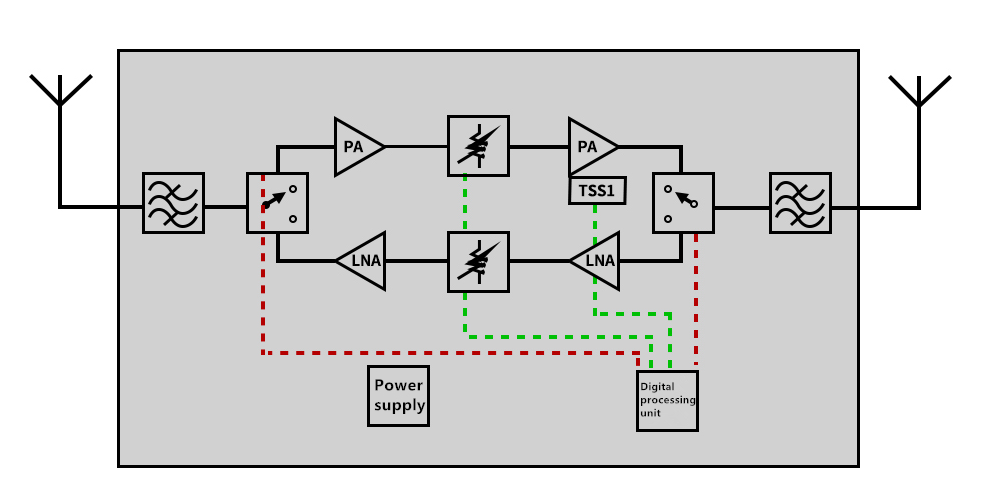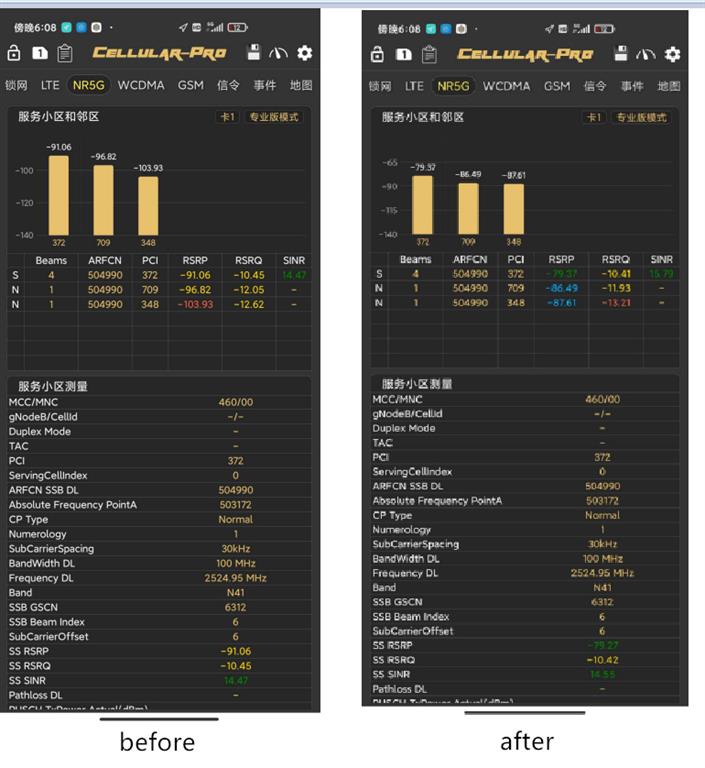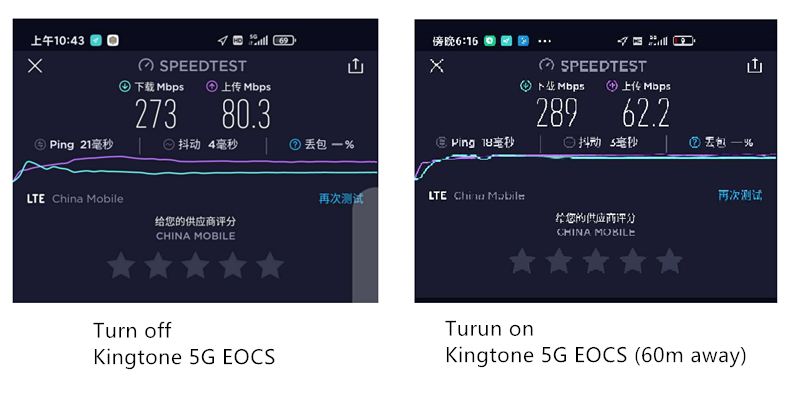Unit of Time Conversion and 5G Propulsion 0.000 000 001 milliseconds = 1 picosecond
0.000 001 milliseconds = 1 nanosecond
0.001 millisecond = 1 microsecond
1 millisecond = 0.001 second
60 seconds = 1minute
60 minutes = 1hour
24 hours = 1day
7days = 1 week
30/31/28/29 days = 1 month
12 months = 1year
100 years = 1century
Microseconds, the unit of time, μs: One millionth of a second
0.000 001 microsecond = 1 picosecond
0.001 microsecond = 1 nanosecond
1,000microsecond = 1millisecond
1,000,000microsecond = 1second
Nanosecond, the unit of time, ns: one billionth of a second.
A nanosecond is usually used as a unit of memory read-write speed. The smaller the preceding number, the faster it is.
Millisecond, the unit of time, ms: one thousandth of a second
0.000 000 001 millisecond = 1 picosecond
0.000 001 millisecond = 1 nanosecond
0.001 millisecond = 1 microsecond
1000 millisecond = 1 second
A tiny second, the unit of time, one billionth of a billionth of a second
Scientists use tiny seconds to time an instantaneous event.
Researchers have used a stable high-speed laser to generate light pulses that last only 250 tiny seconds. Although this time interval is unimaginably short, it is still very long compared to Planck’s constant. Planck’s constant is approximately 10-43 seconds, which is considered the shortest possible duration.
A femtosecond, the unit of time, one millionth of a billionth of a second
It takes 10 to 100 femtoseconds for an atom in a molecule to complete a typical vibration. It usually takes hundreds of femtoseconds to complete a fast chemical reaction. The interaction between light and retinal pigments (the process of producing vision) takes about 200 femtoseconds.
A picosecond, the unit of time, one thousandth of a billionth of a second
The fastest transistors run in picoseconds. A rare subatomic particle b quark produced by a high-energy accelerator can exist for 1 picosecond before it decays. The average existence time of hydrogen bonds between water molecules at room temperature is 3 picoseconds.
A nanosecond, the unit of time, one billionth of a second
Light travels only 30 centimetres (less than one step) per nanosecond in a vacuum. It takes about 2 to 4 nanoseconds for the microprocessor of a personal computer to execute an instruction (such as adding two numbers). K meson, another rare subatomic particle, has an existence time of 12 nanoseconds.
A microsecond, the unit of time, millionths of a second
Light may travel 300 meters in a microsecond, it is around 3 length football fields, but sound wave can travel 1/3mm at the sea level. A high-speed commercial stroboscope flashes once for approximately 1 microsecond. An explosive explodes about 24 microseconds after its fuse has burned out.
A millisecond, the unit of time, one thousandth of a second
The shortest exposure time of a typical camera is one millisecond. A housefly flaps its wings every three milliseconds; a bee flaps its wings every five millisecond. As the moon’s orbit around the earth has been widen, it takes two milliseconds longer to complete one orbit grows per year. In computer science, an interval of 10 milliseconds is called a jiffy.
Tenths of a second
It’s said the time of “a blink” is the tenths of a second. The human’s ear needs one tenth of a second to distinguish vocal echoes. The Voyager1, which is flying away from the solar system, flies about 2kilometers away from the sun every tenth of a second. A hummingbird can flap its wings 7 times during one tenth of a second. And the tuning fork set from A to C vibrates 4 times during one tenth of a second.
One second
A healthy person’s heart beats for about a second. The American eats 350 pizzas average a second. The Earth revolves the sun around 30km every second, while the sun travels 274kilometers in the milky way. One second is not enough for the moonlights to reach the Earth (it takes 1.3 seconds). Traditionally, one second is one sixtieth of sixtieth of a twenty-fourth of a day, but scientists have given a more precise definition: the duration of the 9, 192, 631, 770 cycles of the ground state hyperfine transition of the cesium 133 atom, it’s called a second.
The distance of 1us for electromagnetic wave is 300 meters.
The transmission delay of equipment is an important index of 5G, especially for the TDD system. Kingtone EOCS system has characteristic of low delay.
Kingtone 5G Enhance Outdoor Coverage System EOCS
1. Background & purpose: with the construction of the 5G network, 5G frequency is high than 2G/3G/4G frequency, and the signal attenuation is more serious when blocked by buildings. Kingtone designs a synchronous wireless repeater of 5G base stations, which can better meet the needs of 5G signal enhancement and blind areas coverage. It is a sharp weapon for 5G signal coverage.
2. Applications: 5G signal blind area coverage, street corners, village in cities etc
3. Product features: To achieve base station signal expansion and blind area coverage, fast deployment, without the need for additional optical fibre link. Kingtone 5G EOCS can expand the monitoring interface and access to the network management centre, achieve real time monitoring equipment working status and adjustment. The power consumption is lower than 15W.
4. Though the sampling circuit, adopt standard synchronization module in earlier stage, and in the later stage, adopt chip for cell phone or FPGA to analyse signal from the base station to amplify signal by controlling uplink and downlink. At the same time, the high gain cavity filter is adopted to realize the isolation and filtering signals.

5. Comparison of actual road test data
6. Appearance
 7. Comparation with Base Station
7. Comparation with Base Station | | Kingtone EOCS | Base Station |
Optic Fiber | No | Yes |
Deployment time | <4hours | <8hours |
System integration and test | No | Yes |
Power dissipation | <15W | >1000W |
Equipment size | Small | Big |
Weight | Light | Heavy |
Cost | low | high |




 7.
7. 






